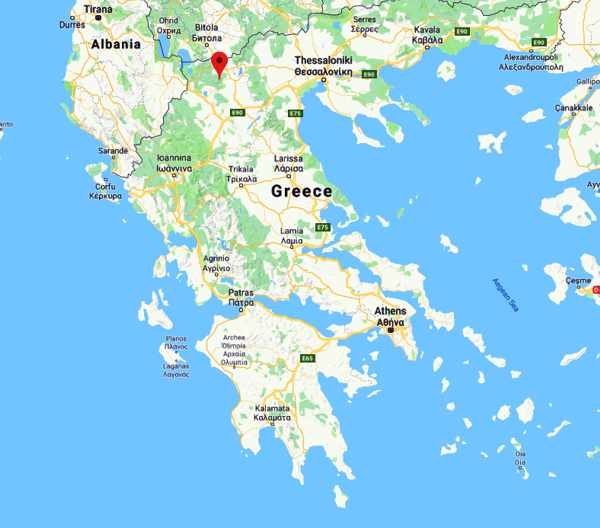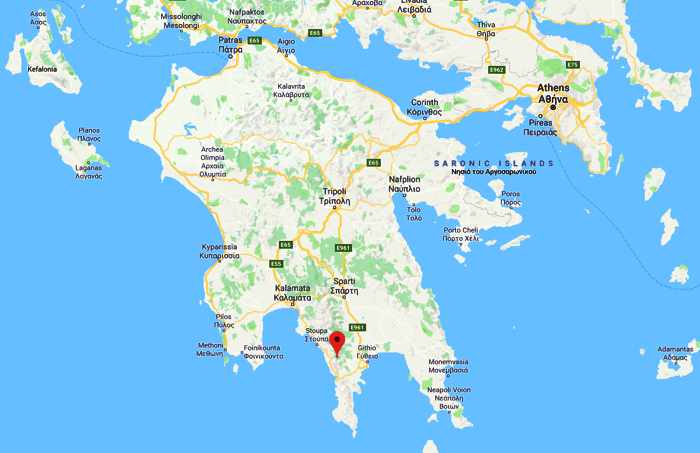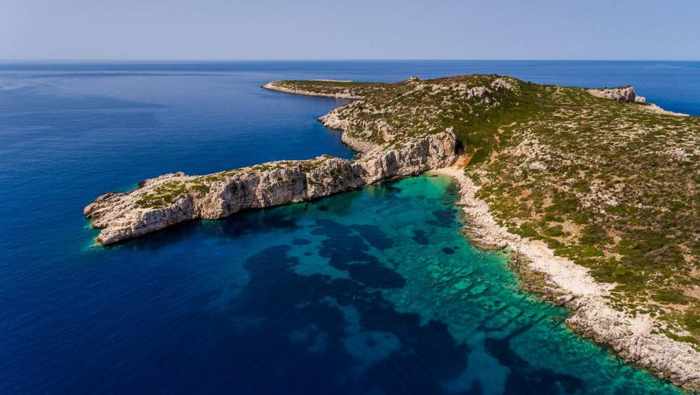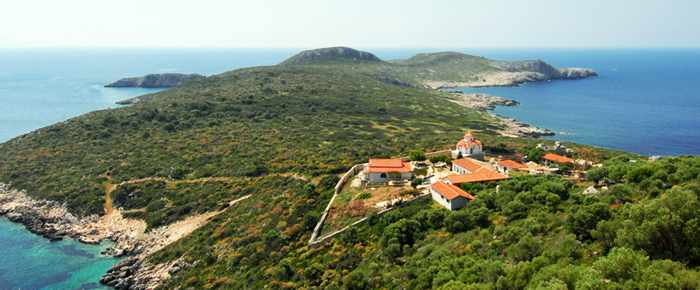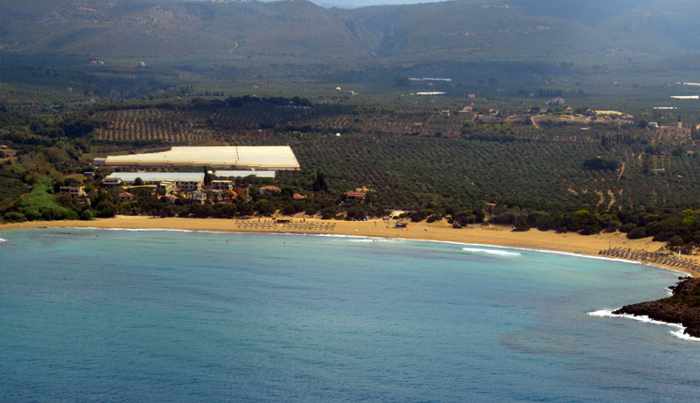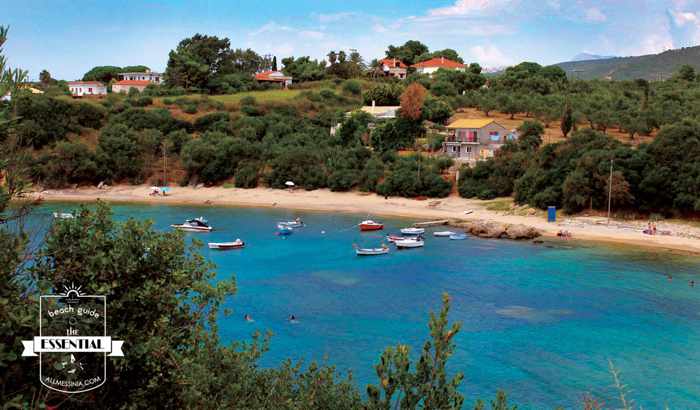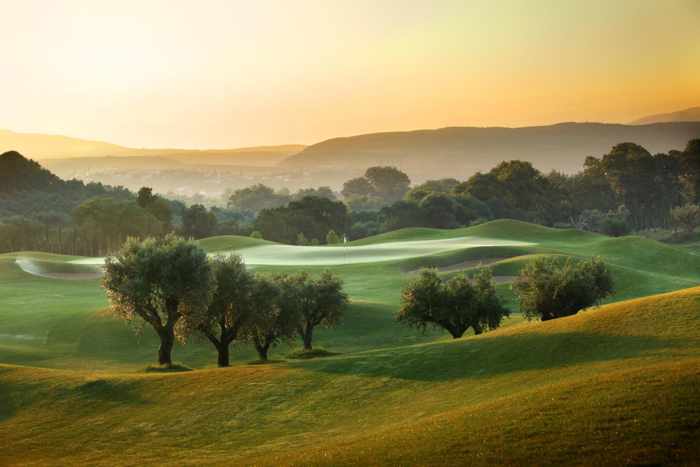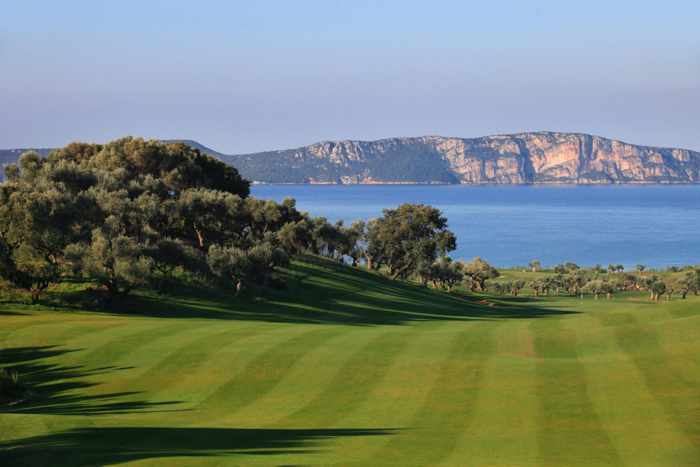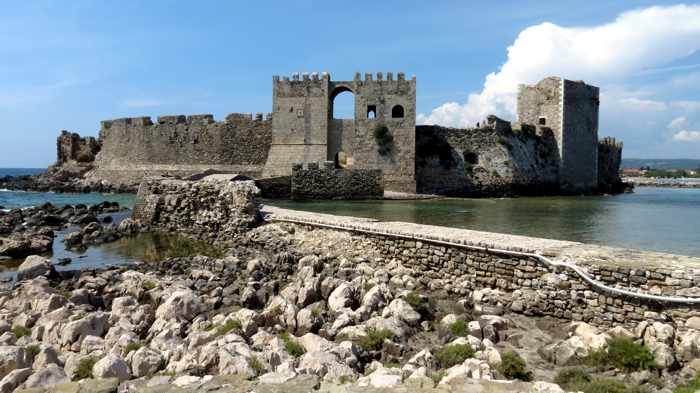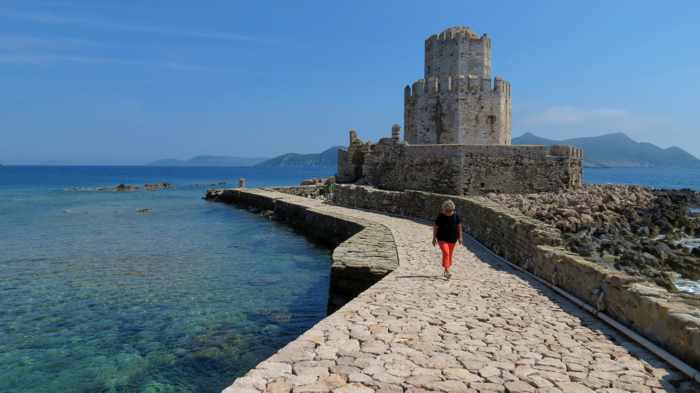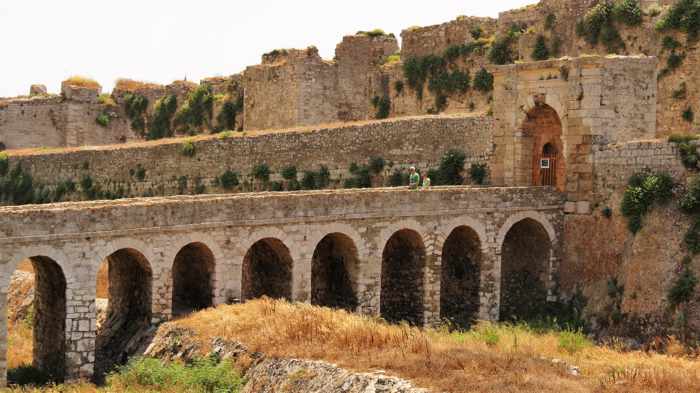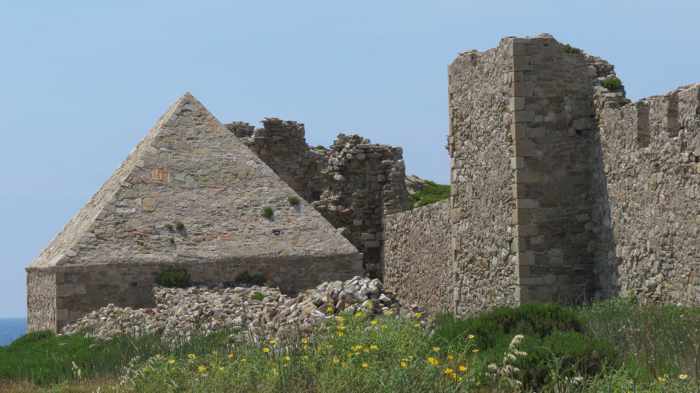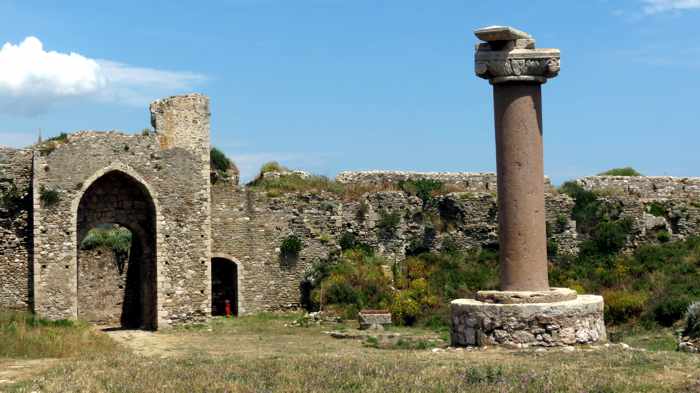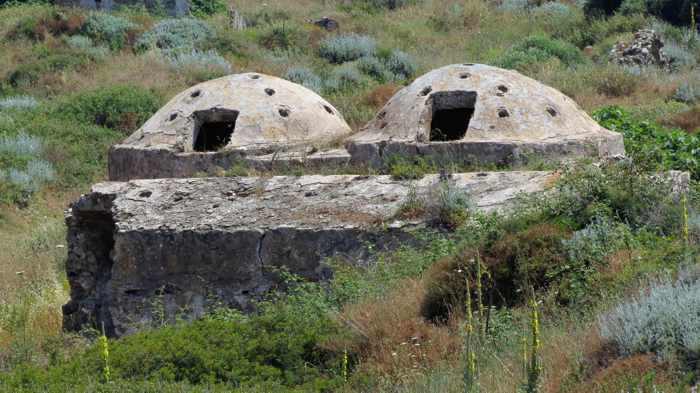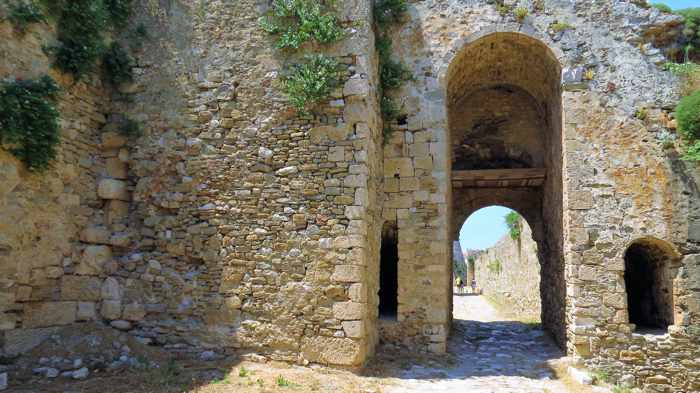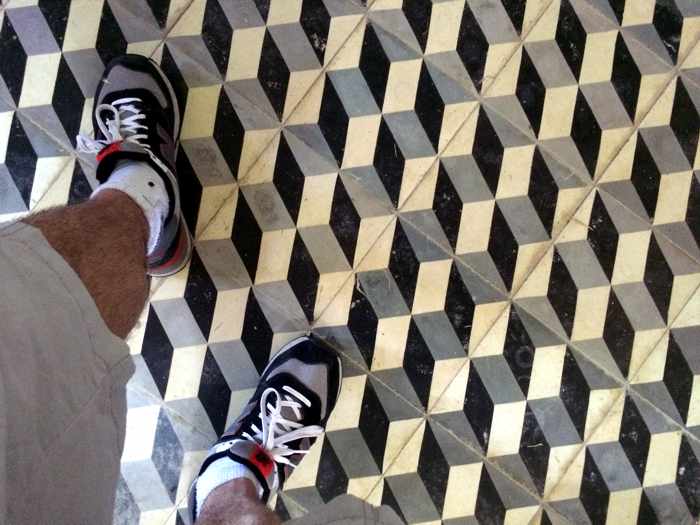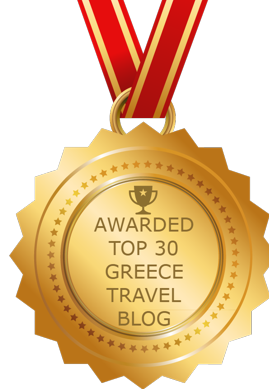My Sifnos by Nikos Panou is my favourite video of 2019; it makes me smile and feel good every time I watch it. Panou deftly captures the essence of an amazing Greek holiday experience — the pure joy, wonder and exhilaration of exploring a beautiful destination (in this case, Sifnos island) and discovering the delights of its people, food, culture and atmosphere.
You know that December is drawing to a close when you see just about every media outlet — TV and radio shows, newspapers, magazines and websites — presenting lists and rankings of “the best” and the “top moments/ memories/ things/ whatever” of the year. Seeing “best of 2019” features everywhere I looked inspired me to compile one myself this week while I was organizing the many hundreds of bookmarks I had accumulated on my web browser this year.
Rather than move links for my favourite videos into folders where I probably would forget all about them, I’m posting them here for my readers to enjoy (and to give me an easier way to find them for repeat viewing or future reference).
In Greece Story –The Best Places in Greece? Pawel Worsztynowicz captures striking aerial scenes from 28 beautiful places in Greece, including Athens, Sounion, Crete, Corfu, Meteora, Halkidiki, the Peloponnese, Skiathos, Skopelos, Symi, Santorini, Thirasia, Ios, Kos, Eubea, Rhodes and Zakynthos. (Notes accompanying the video on YouTube provide a chronological list of locations shown.) Pawel compiled the film following nearly a year of travels across Greece, so you can just imagine the stories he can tell about the places he visited.
Out of the countless clips I have seen in the past 12 months, I have selected just over two dozen to highlight in this post. I liked these best of all either because they show sights and scenes familiar to me from our own past vacations, or because they depict destinations on my travel bucket list. All were released or published sometime during 2019, and none run longer than 10 minutes.
I have organized the clips into alphabetic order starting with the videos of Amorgos island, below, and continuing on page 2. Included are films of:
♦ Andros
♦ Athens
♦ Corfu
♦ Crete
♦ Donoussa
♦ Hydra
♦ Ikaria
♦ Ios
♦ Karpathos
♦ Kavala
♦ Lesvos
♦ Meteora
♦ Milos
♦ Monemvasia
♦ Mykonos
♦ Patmos
♦ Samos
♦ Santorini
♦ Skopelos
♦ Syros
♦ Vatheia in the Peloponnese
I love The Island‘s dramatic cinematography, which superbly captures the mountain, coast and village scenery on Amorgos. This film by Igor Popović also contains excellent views of the incredible Chozoviotissa Monastery, built against the face of a cliff high above the sea.
I thoroughly enjoyed Amazing Amorgos, Greece, a delightful and entertaining aerial film in which Joerg Daiber captures the island’s magnificent sights and scenery using time lapse and tilt shift photography techniques.
This film by I Viaggi Di Michele is narrated in Italian; however, you don’t need to speak or understand the language to enjoy the beautiful Andros scenery. Sights and locations shown in the 11.5-minute video include Chora, the Tis Grias castle, Tis Grias to Pidima and Achla beaches, the Tourlitis lighthouse, Korthi Bay, Batsi village, the Monastery of Zoodochos Pigi and the Panachrantos Monastery, and the Pithara waterfalls.
If there are any videos from 2019 that you enjoyed, but don’t see featured in this post, feel free to post their links in the comments section so other readers and I can check them out.
CONTINUED ON PAGE 2


